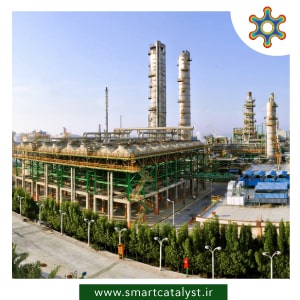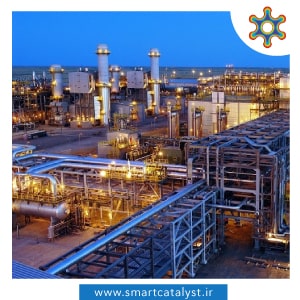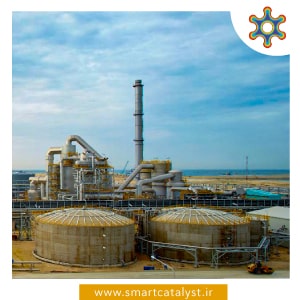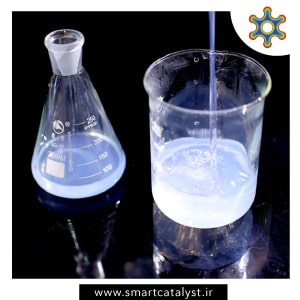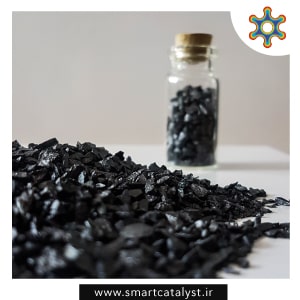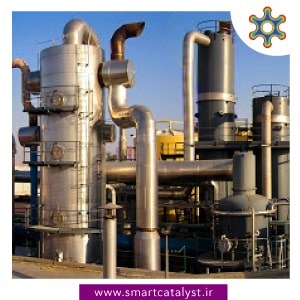Ammonia is one of the largest synthetic products first provided by priestley in 1773 from heating chloroammonium with lime. Then, in 1784, Bertolt discovered the chemical formula and ammonia properties by handling further studies. Various ways are present to produce ammonia. In China, for instance, they produce ammonia from coal, but in most countries around the world, natural gas is considered as the feedstock of ammonia units. In the following, we have surveyed multiple methods of ammonia production.
| Features and Characteristics | |||||||
| Material Type | Material Color | Taste | Weight | Liquid conversion capability | So liquidator in water | Boiling Point | Freezing point |
| Gas | Colorless | Spicy | Lighter than air | Yes | Yes | ℃ 33.5- | ℃ 77- |
Kinds of ammonia production methods
-
Electric arc process
In this process, air passes via the electric arc at 3000 °C to combine nitrogen and oxygen to form nitric oxide. In 1904, Cristian Birkland along with Sam Eyde conducted successful experiments and developed an industrial process. At the same time, Schoenher at BASF (the first company to perform the process of ammonia synthesis in the world) developed a multiple electric arc furnace so that the energy consumption was very impressive, something about 60,000 kilowatts per ton produced ammonia. If this energy was supplied from fossil fuels, it would be 600 nitrogen in accordance with GJ/t, which was about 17 times the energy consumption for the 1996 reforming or water vapor-based ammonia unit. Below you can see a screenshot of the first design stream of the ammonia commercial factory by BASF Company.
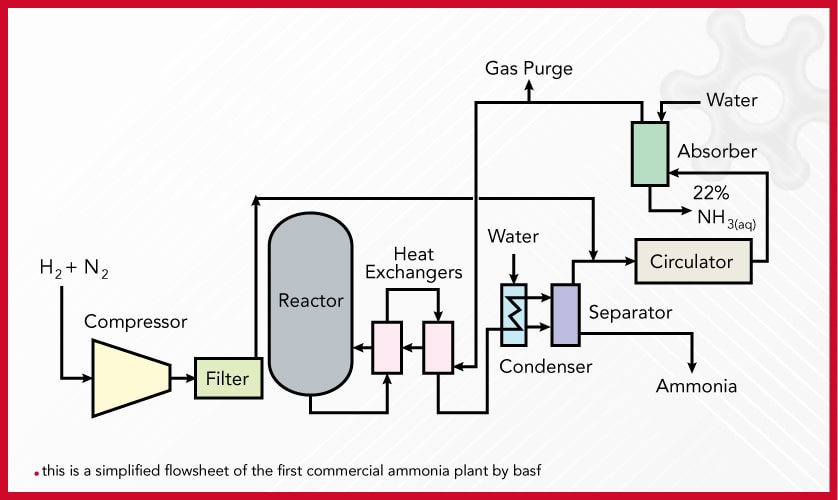
-
Cyanamide Process
In 1898, Cialnamide process was developed by Frank and Caro and was proven to be commercial in 1910. In present process, calcium carbide is formed and calcium cianamide is produced by chemical reaction with nitrogen in the electric furnace. Consequently, degradation of this substance is provided in ammonia water. The energy consumption in this process is about GJ 190 per ton of ammonia that is a high amount. This compound is a colorless crystal round which is applied as fertilizer.
CaO+3C → CaC2 + CO
CaC2 + N2 → CaCN2 + C
CaC2+3H3O → 2NH3 + CaCO3
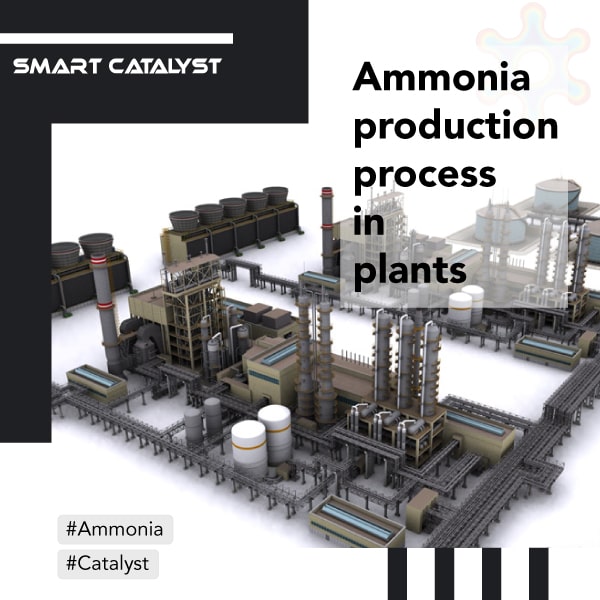
-
Ammonia production of nitrogen and hydrogen
The process of ammonia synthesis of its elements can be noted as one of the highest successes of the chemical industry. Through this process, in terms of fertilizer production, the problem of food supply will be solved. A novel phase of chemical industry based on high pressure processes like methanol synthesis, Fisher-Tropez process, etc.
In 1900, Haber investigated ammonia equilibrium at atmospheric pressure and achieved very low ammonia concentrations (0.012%) at a temperature of about 1000 °C. Apart from Haber, Ostward and Nernst, they also examined ammonia synthesis problems individually and more carefully, but some mistakes occurred during the research process. Ostward, for instance, rejected applying iron as a previously registered ammonia synthesis catalyst because of the mistake of experiment. Haber’s measurements at various atmospheric pressures indicated that higher pressures must be used.
The amount of ammonia formed at once passing the synthesis gas via the catalyst was very low, which had no economic justification. Hence, Habber re-synthesized gas which was unused during the reaction to the reactor containing the catalyst. In this case, after separating ammonia by condensation at the synthesis pressure and adding gas, the amount of ammonia produced increased. This process was identified as the base of ammonia synthesis in Patent DRP and since then this principle was highly applied in high pressure processes. Moreover, Haber 23542119 heating of the synthesized gas to the reaction temperature (at the time this process as the base of ammonia synthesis in Patent DRP (1980), and since then this principle was highly applied in high pressure processes, and Haber also predicted the warming of the synthesis gas by heat exchanger with hot gas coming from the reactor to 600°C. This increase in temperature is due to the exothermic reaction of ammonia formation.
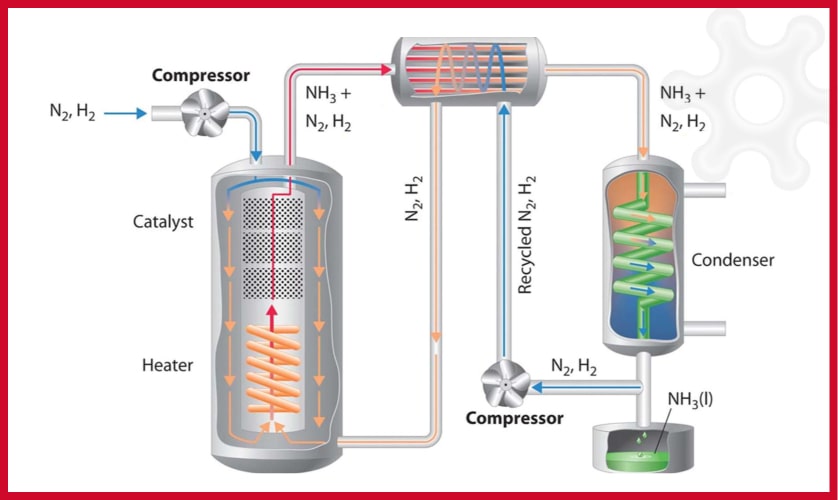
In 1908, Habber proposed to BASF to explore the possibility of the industrialization of this process. In 1909, he made a laboratory-scale ammonia production plan that included all of above states, and eventually persuaded BASF to apply all available resources for technical development of the process. Then, Bosch and his team were able to develop the commercial process of ammonia production in less than 5 years. By establishing the first commercial unit of ammonia production in 1913, the daily production rate was about 30 tons of ammonia, which reached 250 tons per day in 1916. In the same years, ammonia units in many countries like United Kingdom, France, Italy, etc were started based on BASF’s extended license and applying the same catalyst.
Gas production was coal-based synthesis until 1950. By the growth of cheap feeds and the new process of vaporization and partial oxidation, a new era began in the ammonia industry. At first, this development began in United States and the reforging of natural gas or water vapor was applied to produce synthesized gas. This process was basically developed by BASF and highly improved by ICI which also applied Naphtha feed. In several ammonia units in Europe, partial oxidation of heavy petroleum components was applied to produce ammonia.
The next development in the ammonia industry was the emergence of single-train water vapor reforming ammonia units which M.W.Kellogg and others took the lead in developing. The philosophy of applying Single-train units was high capacities that seemed inefficient in terms of a high degree of energy integration. This method was the only innovative strategy to significantly decrease feed consumption and decrease the cost that could increase the global production capacity of ammonia. KBR designed one of the first single-train plants with a large ammonia capacity, which you will observe in picture below of how to produce in these kinds of plants. Increased competition and rising feed prices in the 1970s and 1980s forced industry and engineering companies to further develop processes. Since 1913, the LCA process from ICI and KRES/KAAP are the first processes to use non-ornate catalysts that shattered ammonia production technology.
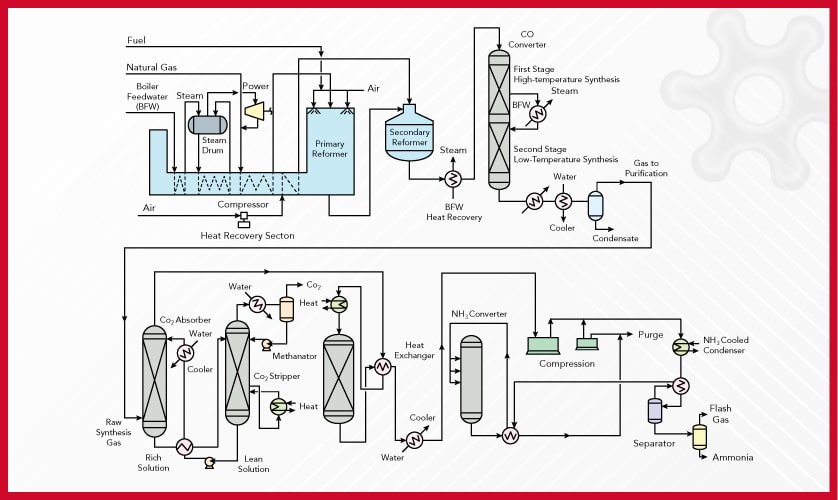
FAQ
Currently, in ammonia production plants, natural gas, liquefied petroleum gas or NAFTA should be converted into gaseous hydrogen. Hydrogen production method from hydrocarbons is known as reforming. Hydrogen is then combined with nitrogen and ammonia can be produced via the Hobber-Bosch process.
Ammonia synthesis is a process in which ammonia is composed of nitrogen and hydrogen on a catalyst. Ammonia synthesis catalyst is applied in this process.
Ammonia is a nutrient containing nitrogen and suitable for plant growth. Ammonia can be converted into nitrite and nitrate by bacteria and then used by plants. Nitrogen is a significant factor to control plant growth
In the past 80 years, the total annual production of synthesized ammonia was estimated at about 300,000 meters of tincture. Hence, regarding the progress made in the field of ammonia production, a modern ammonia factory can now produce more than 750,000 meters of tincture per year, which, as we said earlier, approximately 88% of ammonia made annually is used to produce fertilizer.
Considering the reversible reaction of Haber process, ammonia function can change by changing the pressure or reaction temperature. Increasing the reaction pressure increases ammonia yield and increases the reaction temperature, reducing ammonia yield in the reaction. In reality, it can be noted that ammonia function is directly related to pressure and is inversely related to reaction temperature.

